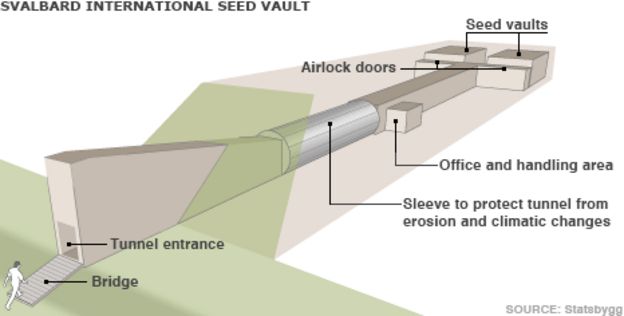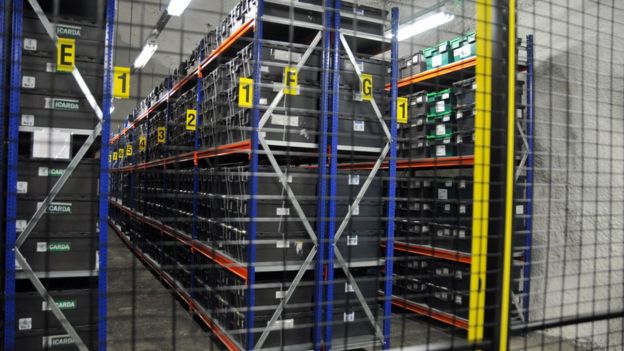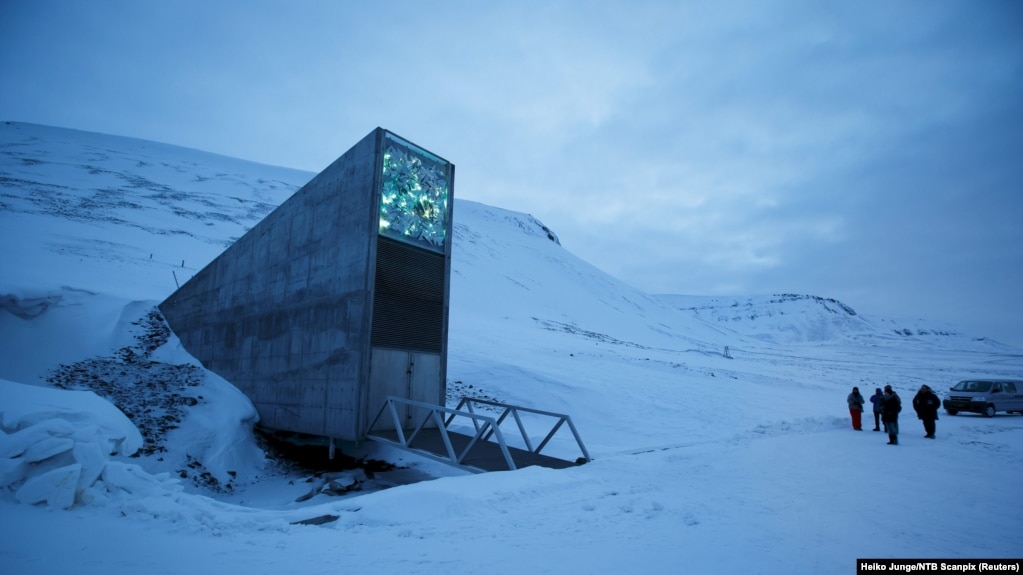Disir
Platinum Member
- Sep 30, 2011
- 28,003
- 9,610
- 910
The Svalbard Global Seed Vault, more commonly known as the "Doomsday Vault," houses more than 800,000 important crop seeds, as well as several tree samples, that humanity would need in order to survive should a global natural or man-made disaster occur.
The vault itself is located 400 feet under the Arctic permafrost and is strong enough to survive even a nuclear holocaust, but the Norwegian government, who is in charge of the vault, did not take into consideration that the ice surrounding the stronghold would melt and flood the facility, which is exactly what just happened.
None of seeds stored in the vault seem to have been compromised, but the people in charge of the vault learned a valuable lesson about challenging nature ... and making Titanic-like claims.
Arctic ‘Doomsday’ Vault, Meant To Protect Against Disasters, Gets Flooded After Permafrost Melts
The vault managers are now taking precautions, including major work to waterproof the 100m-long tunnel into the mountain and digging trenches into the mountainside to channel meltwater and rain away. They have also removed electrical equipment from the tunnel that produced some heat and installed pumps in the vault itself in case of a future flood.
Arctic stronghold of world’s seeds flooded after permafrost melts
Svalbard Global Seed Vault
It seems rather odd that the tunnel wasn't waterproofed before.
The vault itself is located 400 feet under the Arctic permafrost and is strong enough to survive even a nuclear holocaust, but the Norwegian government, who is in charge of the vault, did not take into consideration that the ice surrounding the stronghold would melt and flood the facility, which is exactly what just happened.
None of seeds stored in the vault seem to have been compromised, but the people in charge of the vault learned a valuable lesson about challenging nature ... and making Titanic-like claims.
Arctic ‘Doomsday’ Vault, Meant To Protect Against Disasters, Gets Flooded After Permafrost Melts
The vault managers are now taking precautions, including major work to waterproof the 100m-long tunnel into the mountain and digging trenches into the mountainside to channel meltwater and rain away. They have also removed electrical equipment from the tunnel that produced some heat and installed pumps in the vault itself in case of a future flood.
Arctic stronghold of world’s seeds flooded after permafrost melts
Svalbard Global Seed Vault
It seems rather odd that the tunnel wasn't waterproofed before.





